Andrew Mukwaya quit his fat job to join coffee farming business. He says he doesn’t regret the decision he took six years ago
Andrew Mukwaya ,42, is a coffee model farmer in Sazike village, Kibijo Sub-County, Kakumiro district. His seven-acre coffee farm is a marvel as the lush green, healthy and bountiful bearing coffee trees gives one an attractive scenery.
The size of cherries from his coffee trees are quite big compared to his neighbors. You may mistake Mukwaya’s coffee for old clonal cuttings or Coffee Wilt Disease Resistant (CWDr) aka KR varieties. However, Mukwaya says he planted only Robusta elite varieties. Additionally, he doesn’t use inorganic fertilizers but he’s able to harvest an average of 10kgs of Kiboko (dry cherries) per tree per year, thanks to his soil’s good health.
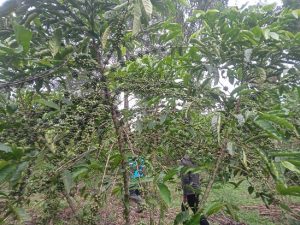
Journey to coffee farming
But how did Mukwaya get into coffee farming as a business?
Mukwaya, a graduate of Development Studies from Makerere University, never imagined quitting his job for coffee farming.
He was working as a Community Development Officer and Water and Sanitation Officer at Caritas Mityana, a faith based organization that empowers communities economically, socially and promotes people’s rights.
He worked at Caritas for eight years from 2010 to 2018. Mukwaya says one unique morning changed his life’s story. In 2015, Mukwaya says a wealthy respected man in Mityana called Kanakulya visited his fancy office.
He provided the information the old man needed, but as he was about to leave, Kanakulya looked at Mukwaya and said: “Young man, I want you to think about your old age. That chair you’re posing in can never pay school fees for your children. You are also not sure of your job security. At some point you’ll leave, but how will you leave? The world outside there is waiting for you. It’s better to leave early and do your own things when you still have energy. Otherwise you may spend your entire youthful age here and leave when you can’t do your own things.”
He further told him: “I know you’re used to a monthly salary and allowances. When you quit, things will first be tough on you but never give up… Just be patient, one time you’ll get there.”
Mukwaya says he never took mzee Kanakulya’s advice for granted.
“I thought about it overtime. This was like an angel sent to me by God. Does this man tell everyone he meets the same story? I don’t think so, but he did it to me and can never take it for granted,” Mukwaya says, adding that it is at this time that he chose to focus on coffee farming as his lifetime business.
The former Community Officer knew coffee was and remains Uganda’s leading cash crop that has transformed lives over the years.
“Our late dad had a few coffee trees here, but he would get some money off it for school fees and pocket money. I knew it’s a generational crop. That’s why I decided to go into coffee farming,” he says, adding that Buganda Kingdom Prime Minister (Katikkiro) Charles Peter Mayiga further inspired him to go for coffee full blast with his ‘emwanyi terimba’ messages.
Given the fact that Caritas was giving out elite coffee seedlings to farmers in Mityana, Mukwaya used this opportunity to plant about four acres. He says they would get good coffee seeds from Uganda Coffee Development Authority (UCDA) and make their own nurseries.
“We would then distribute the coffee seedlings to community members free of charge,” he says.
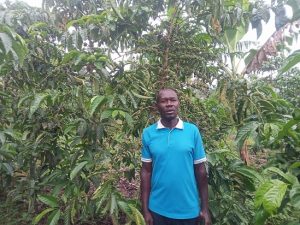
In 2018, Mukwaya chose to quit his job after funding to Caritas reduced and thus salaries got affected.
“That wouldn’t have been a big issue because I left some of my colleagues there and I had the expertise to get me another job. However, the job was never my security. I needed something that I will have control of. Once you’re employed, you should know you may not have that job the following day. I was always never sure of the job yet I had a family to take care of,” he says, adding that he was also ageing.
He says he first agreed with his wife before quitting.
“I left my home in Mityana and returned to Sazike to utilize part of our ancestral land. My wife agreed to remain with the children in Mityana and take care of them as I take on coffee farming business seriously. I told her school fees for children will be coming from coffee and she agreed to the proposal,” Mukwaya, a father of seven, says.
He says life wasn’t easy at the start as mzee Kanakulya had warned him. He reveals that when he quit his job, many of his friends and relatives were disappointed with his decision.
Mukwaya now spends about two weeks at the farm every month. He spends the rest of the time with the family in Mityana and running other businesses.
He says when he started concentrating on coffee in 2018, his coffee greatly improved in terms of health and yields.
Being on the farm has helped him realize that he had over spaced his coffee.
“I used to plant without proper measurements, but when I started focusing on coffee as a business, I realized I had fewer trees in an acre. I had about 1,400 trees in four acres instead of 1,800. I have been gap filling,” he says.
He has since expanded his farm to seven acres-all at the production stage.
Secrets to bumper harvest
Like any other crop, Mukwaya says coffee requires time as one is able to identify pests and diseases in time.
“I have not applied any artificial fertilizers. I only use composite manure. I have a very big rubbish pit where all the rubbish collected around this home is dumped. I leave it to decompose for six months before applying it to coffee. Each wheel barrow of manure serves four coffee trees,” Mukwaya says, adding that he also uses maize stalks to mulch his coffee.
“When they (maize stalks) decompose, they become humus and make the soil more fertile. Maize stalks are also very good for coffee because they control weeds, reduce soil erosion and keep the soil moist,” he says. He gets maize stalks from farmers neighbouring him free of charge.
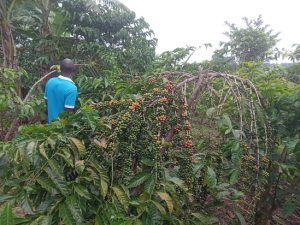
Mukwaya’s coffee is also covered with trenches. He says this helps him trap most of the run-off water.
“The run-off soil is very fertile. When I remove it from the trenches, I apply it on coffee trees and quite often use it to plant new coffee seedlings,” he says. Indeed, the coffee trees near the trenches look stronger and healthier than the others.
He says the dry spell affects different varieties differently.
“Besides mulching and other water conservation measures, I give water to only the most affected trees during the dry spell. This is because the water pond is a bit far and water has to be carried to the farm using jerrycans. I normally give the affected trees two jerrycans per application in the interval of two weeks,” he says, adding: “I’m planning to get a water pump so that I’m able to sail through the dry spells with healthier coffee.”
Although the dry spell affects him, it doesn’t affect him much like it does to other farmers who don’t mulch and put in place water conservation measures.
“When I cry about drought, then it means other farmers around are badly off,” he says.
His coffee is also surrounded by a natural forest of about three acres. From my observation, it’s possible that the forest environment plays a crucial part to his healthy coffee. The forest must also be a host of bees that help him in pollination during the flowering stage.
Mukwaya says he rarely uses a hoe to weed his coffee.
“I only weed once in two years. I weed at the end of the dry season so that the roots aren’t much affected,” he says, adding: “Coffee doesn’t like weeds. You must keep them at bay. We control them through mulching, slashing and occasionally use herbicides.”
He also ensures that his coffee is free from unwanted suckers. “I personally remove the suckers using a secateur,” he says.
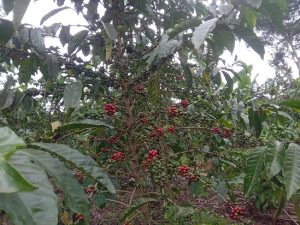
He adds that coffee should also be well spaced to ensure enough sunlight penetration.
His coffee is inter-cropped with matooke but at a larger spacing. He also has a few shade trees, but he says wherever there’s a shade, the Black Coffee Twig Borer infestation is also high.
“The only challenge with bananas is that they don’t stay longer,” he says.
Although he planted elide seedlings, he says he hasn’t been affected by the Coffee Wilt Disease.
“Not even a single tree has been affected. I only uproot the poor yielding varieties and replace them with high yielding varieties,” he says.
Managing BCTB
Mukwaya’s coffee is generally free from BCTB, coffee leaf rust and coffee red blister that are troubling many farmers these days.
“Once you spend quality time in your coffee farm, you can easily spot where the BCTB is. I move with my secateur. Wherever I find the affected twigs, I cut and burn them. When I find it has affected the whole tree, I also apply a pesticide around that area,” Mukwaya says, adding that BCTC tends to affect particular varieties of coffee.
There are only a few coffee trees affected by red blister.
“It’s only this particular variety that mainly gets affected by coffee red blister,” he says, pointing to the affected tree. He says he uses a copper based fungicide to control the disease.
Yields
On average, Mukwaya says each tree gives him 10kgs of kiboko over the two seasons. He says if he applies manure to all trees equally, he’s hopeful he can harvest 15kgs of kiboko per year.
“Robusta elite has so many species/varieties. You find trees on the same soil/land and feeding on the same fertilizers/manures, but yielding differently. The good varieties I have can give me 10 to 12kgs of kiboko per year. A tree can give me 8kgs of kiboko in the main season and half of the harvest in the fly crop. Yields cannot be the same over the two seasons,” he says.
He says buyers yearn for his coffee because the size of his beans are big.

Mukwaya has two permanent workers.
“These also work as my supervisors during harvesting. I only employ about three women during harvesting because they (women) are more trustworthy. I pay them Shs3000 per tin/basin of red cherries harvested,” he says, adding that he’s the overall manager of the farm.
Achievements
Mukwaya doesn’t regret quitting his job for coffee farming because it has done him good. He has bought five acres of land using money from coffee sales.
“I want to plant more coffee on this land beginning next season. I will plant CWDr aka KR varieties using 10ft by 5ft spacing,” he says, adding that he plans to start with two acres as he picks lessons from the new spacing regime.
He adds that he also pays about Shs15m in school fees per year.
“All this money comes from coffee,” he says.
Plans
Mukwaya plans to join poultry farming as another income generating activity. He says the poultry litter will greatly boost his coffee farm. He also invests part of his money in real estate (buying and selling plots of land). He is also a small money lender in the village.
“I feel the future is bright. We already have a group of coffee farmers in Kakumiro with the aim of forming a cooperative society. This will benefit members so much. We already have a coffee hulling factory that will become operational soon,” he says.
Tips
Mukwaya believes coffee will remain Uganda’s leading cash crop in many years to come.
“Unlike other crops, you’ll always harvest something from coffee. Many people are joining coffee farming because of the prevailing high prices but prices can never remain the same. At some point, prices might drop a bit but coffee will remain a generational investment,” he says, adding: “Unlike otherwise, I don’t see prices going below Shs4000 for a kg of kase/FAQ.”
He advises farmers who have chosen coffee as an enterprise to give it time.
“There are certain activities a farmer should do or supervise themselves especially when coffee is still young. If you use herbicides, you must ensure the coffee isn’t sprayed. That calls for training of workers and close monitoring. If you spray herbicides on coffee, it will get stunted.”
For inquiries, tips, opinions and advertising, Tel: 0775170346/0703828741/staddewo@gmail.com. Follow us on X (formerly Twitter): @TaddewoS @BusinessFocusug


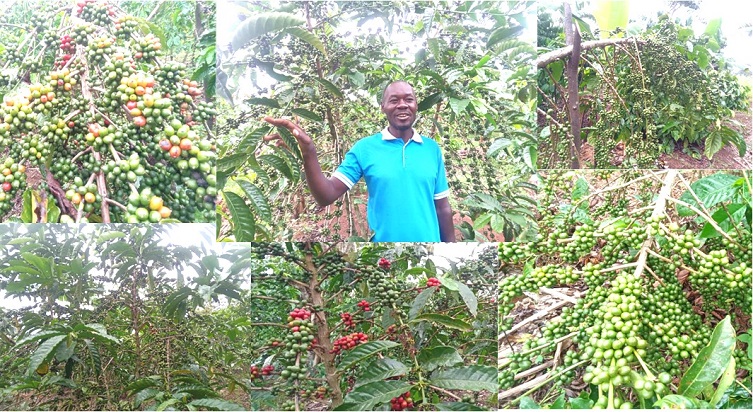



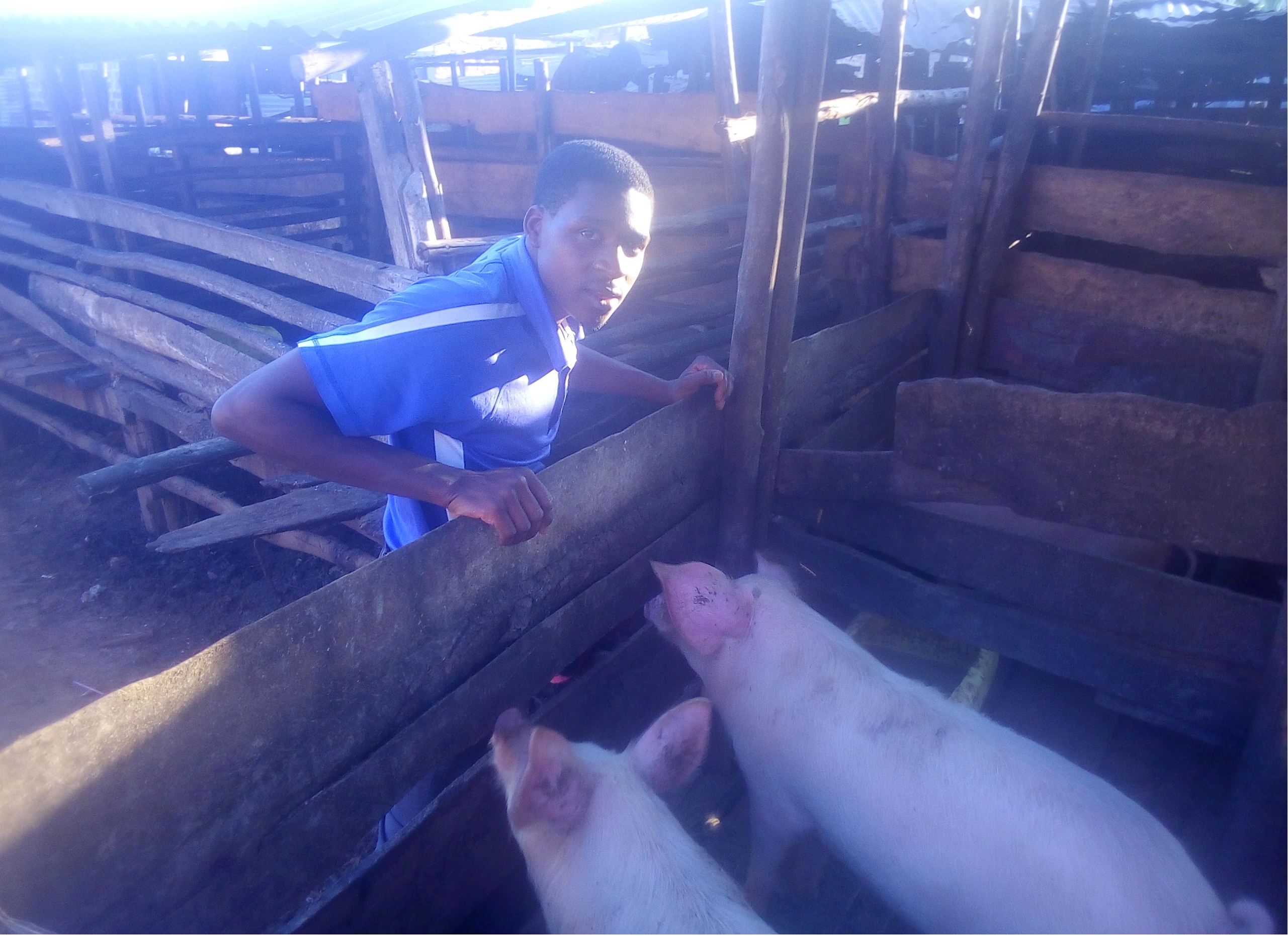
But I would wish to know how I can acquire free seed varieties or cuttings from the UCDA because am a student and strained with finances
In fact I plant coffee in bits, in fact I still want to plant more and more to boost the output
I would wish it anyone knows how we can acquire some coffeee seedlings to guide me through
Am.also a bachelors student in year 2 doing dental surgery at Kiu however I realised that coffee is a generational investment
I have only planted 1acre but am still ignorant about the management and care of the coffee
I realized that coffee could boost me much after my studies in a medical school
I would also wish to connect with you and get more knowledge because I want to surely improve my village by showing them. A way to Go
This is an inspiring story. How I wish I could be like you some day!
Keep on telling us such my friend. I am also like you, I left teaching some years back and I don’t regret.
I’m also trying to plant coffee but still young. I hope to be posting such in three years time from today. Thank u so much dear
Thank you Andrew for hard work and I like his enthusiasm.